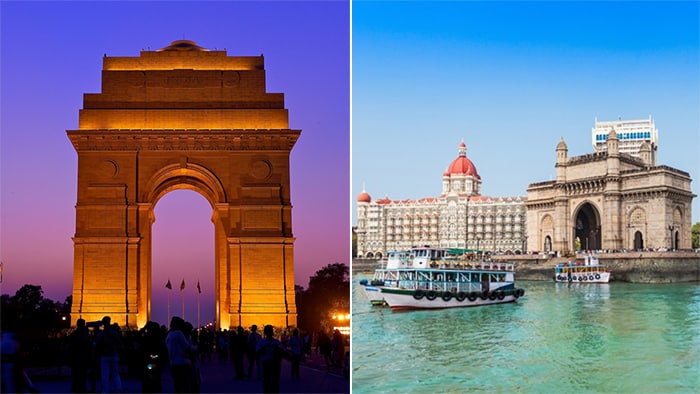
NEW DELHI: The third edition of ‘Safe City Index’ launched by the Economist Intelligence Unit (EIU) on August 29 covered 60 cities around the globe across 57 indicators covering digital security, health security, infrastructure security and personal security. Mumbai ranked 45th and Delhi 52nd.
While the average score was 71.2 of overall index, Delhi and Mumbai scored 55.0 and 58.2 points respectively. In digital security category Tokyo, capital city of Japan tops the list with 94.4 points. 67.2 points being the average score, both Delhi and Mumbai scored poorly scoring 51.0 points. In health security category, another Japanese city, Osaka scored the best at 88.5 points. 68.0 being the average for the category, Mumbai scored 55.8 and Delhi rested just after Mumbai scoring 54.6 points. In both infrastructure security and personal security Singapore tops the list. Both the cities Delhi and Mumbai performed lower than the average score in the aforementioned category.
Naka Kondo, senior editor, EIU also the editor of this year’s report on the Safe Cities Index said, “Overall, while wealth is among the most important determinants of safety, the levels of transparency – and governance – correlate as closely as income with index scores.”
According to the index, six of the top 10 safest cities are in the Asia-Pacific region – however, the EIU says that a city’s region does not have any statistically significant relationship with its performance in the index.
Kondo said, “Although APAC cities such as Tokyo, Singapore and Osaka continue to be the top three cities in the Index, the region also hosts some of the lowest-scoring cities in the world, with Yangon, Karachi and Dhaka close to the bottom of the list.”
The index also indicated that in coming years India and China are going to witness the fastest rise in the population, 1.4 per cent growth to be seen over the next decade.
Tokyo remains at the top position in the index for third consecutive year, while Singapore and Osaka take second and third places, respectively. Lagos in Nigeria and Caracas in Venezuela rank in the bottom two positions.
The index shows that obesity rates is still on lower side in south east Asian countries and Indian continent when compared to the cities of Western nations.
“In 2014 and 2018, the UN Population Division projected the likely increase in the number of urban residents between 2020 and 2030. During that four-year period, demographers increased their earlier estimates for China, India and Sub-Saharan Africa by 10% to 15%. For specific cities, this will mean the already very large challenges are now expected to be even bigger,” the study said.

